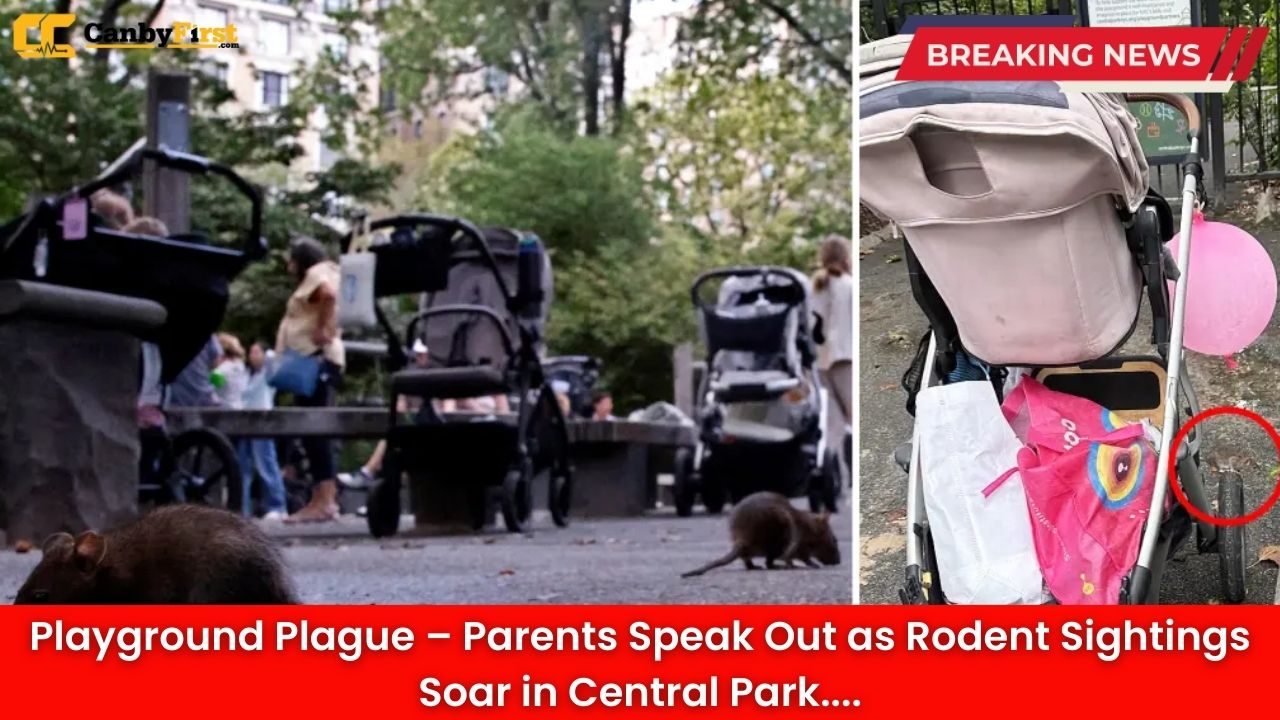Central Park’s playgrounds, long cherished as a safe haven for New York City’s children, are now drawing attention for an unwelcome reason: rodents. In neighborhoods from the Upper West Side to Midtown, parents are raising alarms over increasing sightings of rats and mice scampering across slides, swings, and sandbox edges during peak play hours.
Rising Rodent Encounters Fray Nerves
At Heckscher Playground near 61st Street, frequent visitors report multiple rat sightings each afternoon. “My daughter climbed up the slide and almost shrieked when she saw a rat dart past,” recalls Michelle Turner, a local mother of two. “It’s really unsettling—kids shouldn’t have to look over their shoulders while playing.” Similar reports have flooded local parent groups on social media, with many noting that sightings often occur around picnic tables and garbage bins near play areas.
Public Health Concerns Intensify
Beyond the fear factor, health experts warn that rodent proximity to playgrounds poses real risks. Rodents carry bacteria and viruses that can contaminate soil and surfaces, exposing children to potential illnesses ranging from leptospirosis to salmonella. Dr. Robert Hayes, an environmental health specialist, emphasizes that “even indirect contact—through sandboxes or play structures—can transfer pathogens. Regular inspection and closing off contaminated areas until thorough cleaning is essential.”
Also Read
Friends of the Park Demand Action
Grassroots activists from the nonprofit Friends of Central Park petitioned the City Department of Parks & Recreation last week, urging a comprehensive rodent mitigation plan targeted specifically at playground zones. Their proposal includes:
-
Enhanced trash management: increasing pickup frequency and switching to rodent-resistant bins
-
Playground sanitization: twice-daily power washing and safe pesticide application in surrounding plant beds
-
Community education: signage advising parents on proper waste disposal and reporting protocols
“Central Park belongs to everyone,” says Erica Belmont, the group’s co-founder. “We need swift, targeted measures so families can enjoy these spaces without anxiety.”
Parks Department Response
In an official statement, the Parks Department acknowledged the surge in sightings and outlined steps already underway:
-
Deployment of additional pest-control teams for trapping and monitoring
-
Inspection of 13 playground sites identified as hotspots
-
Coordination with the Sanitation Department to adjust trash collection schedules
Spokesperson Daniel Kim notes, “We understand the seriousness of the issue and are committed to ensuring that Central Park remains safe and enjoyable. We expect to implement enhanced protocols citywide by early October.”
Parents Take Precautions
While waiting for full results, parents are adopting their own safety measures. Many now bring hand sanitizer and wipes to clean swings and metal bars before use. Some opt for designated “clean-play” times—early mornings, when rodent activity is reportedly lower. Others have formed informal watch groups, notifying each other of fresh sightings via neighborhood chat apps.
Experts Advocate Long-Term Solutions
Urban wildlife specialists argue that short-term extermination is only part of the solution. They stress the importance of habitat modification—reducing ground-level vegetation that provides cover for rodents, sealing crevices in nearby park structures, and improving lighting to deter nocturnal activity. “Sustainable rodent control marries sanitation with landscape design adjustments,” explains ecologist Dr. Priya Singh. “If we can’t reduce the food and shelter available, rats will keep returning.”
Looking Ahead
As Central Park prepares for colder months—traditionally peak season for rodents seeking warmth—both parents and officials are bracing for a critical test. Will the Parks Department’s intensified efforts restore playground peace, or will New Yorkers continue to tiptoe around furry intruders? For now, families plan to keep playdates short and vigilant, hopeful that a blend of civic action and personal precautions will reclaim their children’s cherished city playgrounds.












